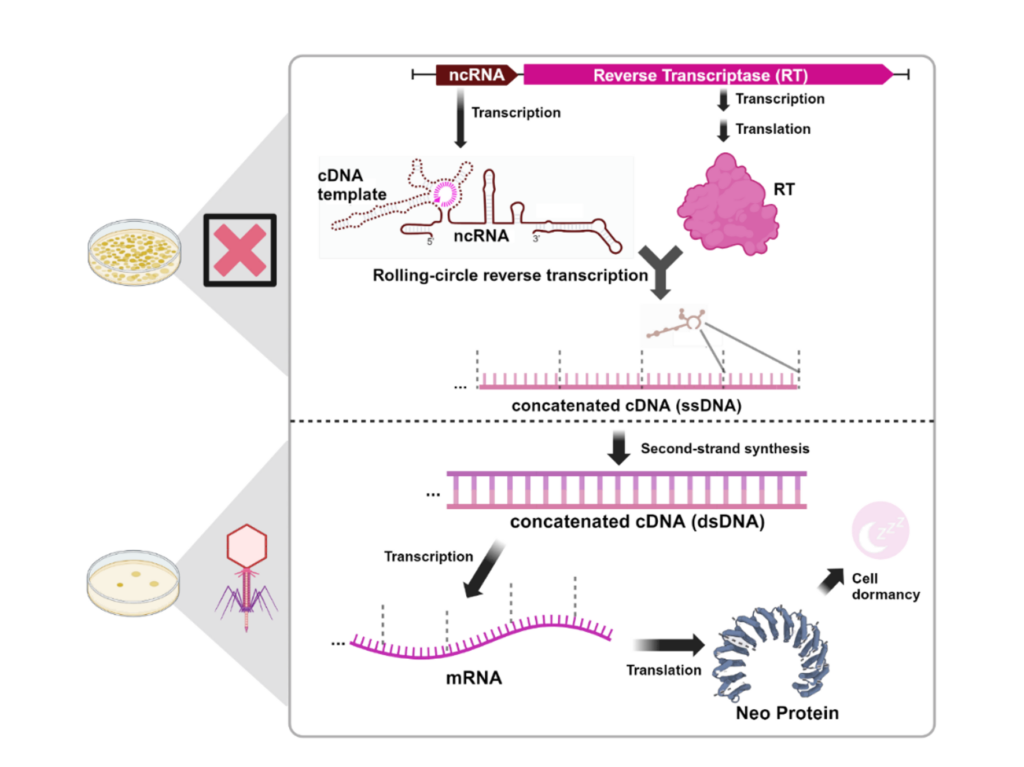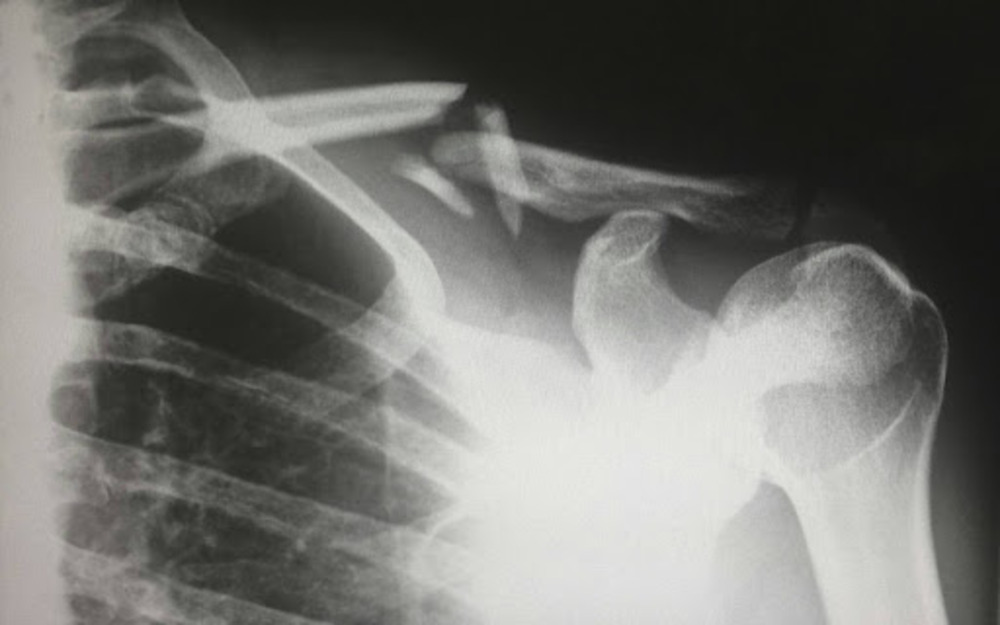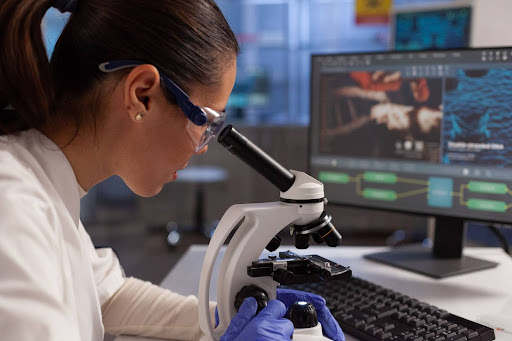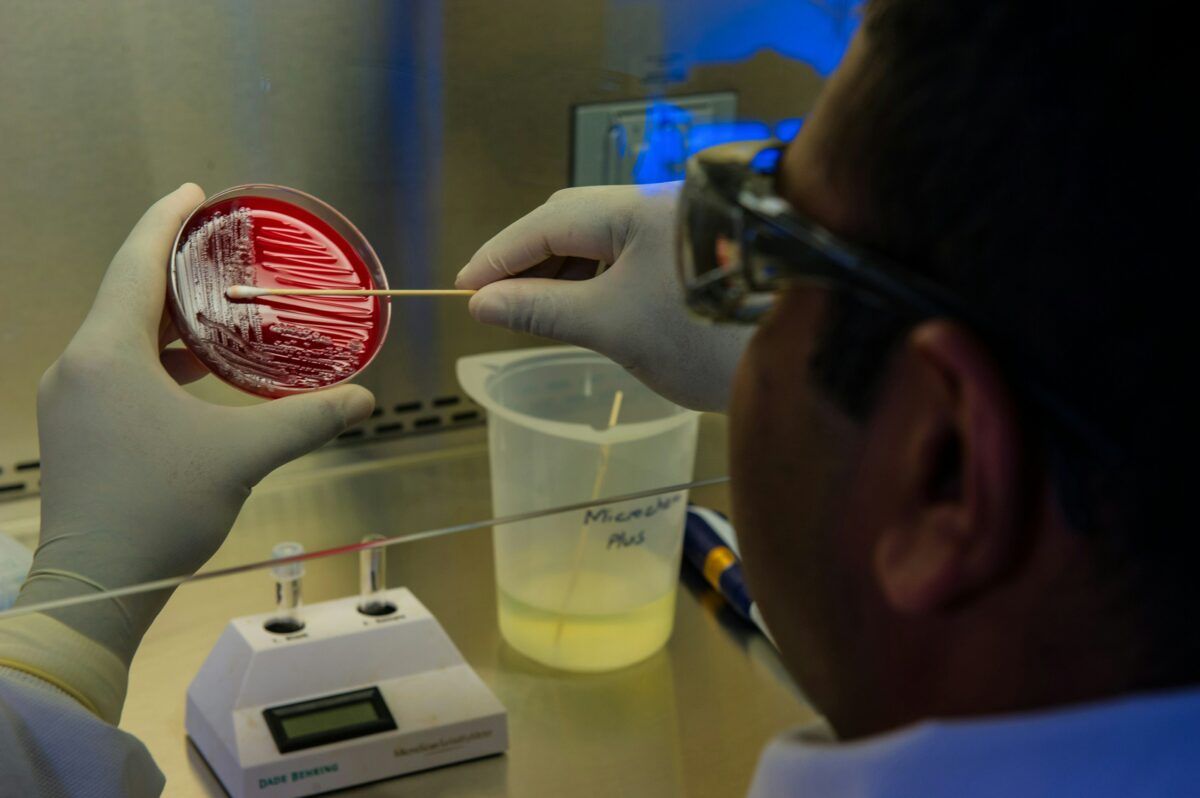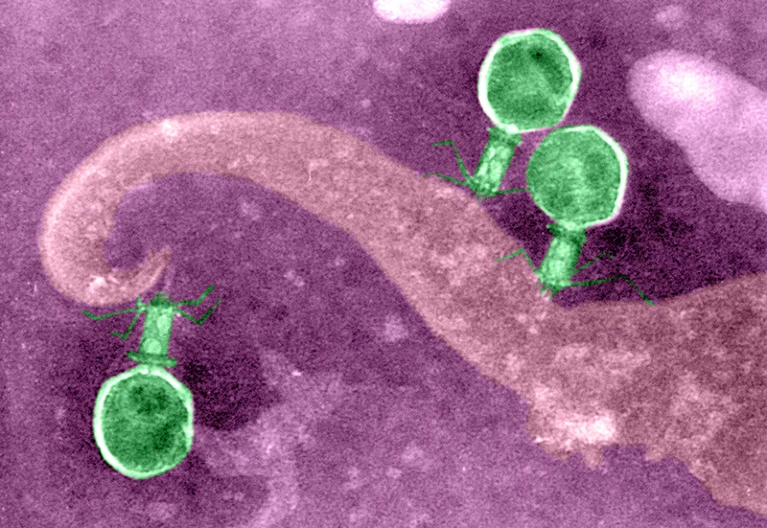Introduction
Advancements in computational methods are becoming increasingly more essential to innovation within medical research and development. Quantum computers are being developed as revolutionary machines that leverage quantum bits, or qubits, which can exist in a unique state called superposition. This means qubits can represent both 0 and 1 simultaneously, unlike classical bits, which are limited to being either 0 or 1. Qubits allow quantum computers to perform complex computations at speeds and precision levels that traditional supercomputers cannot match. Quantum computing will serve as a possible avenue of improvement in drug-development processes to keep making progress in treating unmet medical needs.
Computer-aided drug design
Many chemists are currently focusing on discovering and developing quantum computing algorithms to solve complex electronic structures of atoms with strong electron correlations—problems that are challenging for classical computers to handle accurately. Quantum computers offer a significant advantage in these calculations, especially for applications like computer-aided drug design.

In the pharmaceutical sector drug design is a lengthy process, as chemical compounds take time to identify and develop. Thus, the primary objective of obtaining clinical compounds is to have the fewest number of refinement cycles possible. This process begins by identifying a target compound (such as protein), which causes disease, and then screening millions of chemicals for their ability to bind to and neutralize it. The Molecule candidate will then enter the clinical development phase after testing tens of thousands of possible molecules in vitro for biochemical, biophysical, and biological properties.
Due to the prolonged timeline in drug design, computational methods can help in the development of appropriate molecules by offering insights and assistance on drug design to produce safer and more effective medications. It can calculate more accurately the electronic structures of molecules, which makes it possible to determine the binding strength and affinity of compounds using electronic structure methods, as well as can predict pharmacokinetic properties, which are used in how compounds are absorbed, distributed, metabolized, and excreted from the body.
Quantum-computational simulations in drug design would gain the most from creating efficient algorithms that can speed up the process and result in far better models of molecular interactions. Current methods provide high accuracy for the key systems, yet are too slow for common use in drug development.
Discussion
In the near future, quantum computing may prove to be useful for certain quantum chemical computations. However, it is too early a phase of research to correctly anticipate when the pharmaceutical sector will completely take advantage of every aspect of quantum computing for its various uses. As conventional quantum-chemistry methods are currently unable to adequately and reliably characterize quantum systems, more advancements in hardware and the creation of innovative algorithms will be essential in the coming years.
References
Kang, M. et.al. (2024). Seeking a quantum advantage with trapped-ion quantum simulations of condensed-phase chemical dynamics. Nature reviews. Chemistry, 8(5), 340–358. https://doi.org/10.1038/s41570-024-00595-1
Santagati, R., Aspuru-Guzik, A., Babbush, R. et al. Drug design on quantum computers. Nat. Phys. 20, 549–557 (2024). https://doi.org/10.1038/s41567-024-02411-5
Jared D. et.al. (2024).Quantum computing and chemistry, Cell Reports Physical Science. https://doi.org/10.1016/j.xcrp.2024.102105
Brooks, Michael. “Quantum Computers: What Are They Good For?” Nature, vol. 617, no. 7962, 24 May 2023, pp. S1–S3, www.nature.com/articles/d41586-023-01692-9, https://doi.org/10.1038/d41586-023-01692-9
Disclaimers
Our articles are based on works by board-certified/accredited doctors and medical researchers. We do not claim to be a professional peer-reviewed publication. This article was not written by medical professionals.


